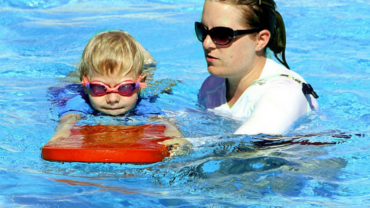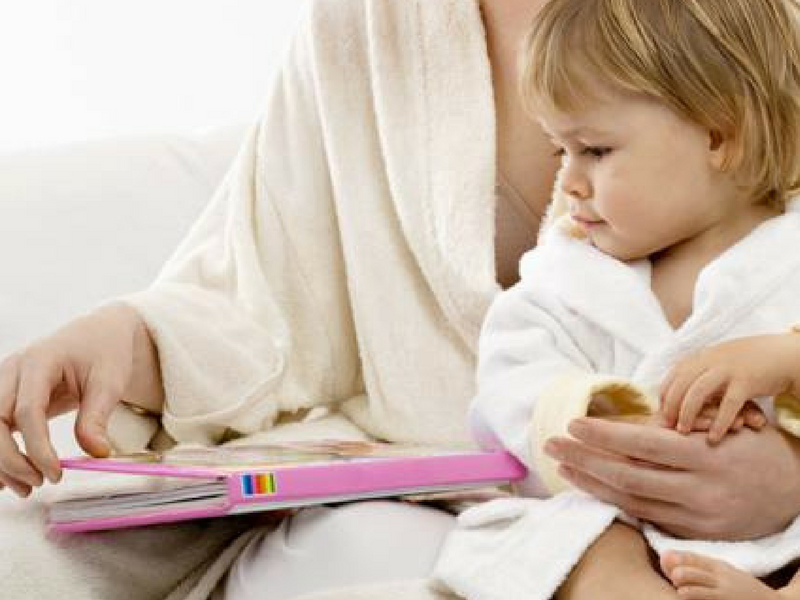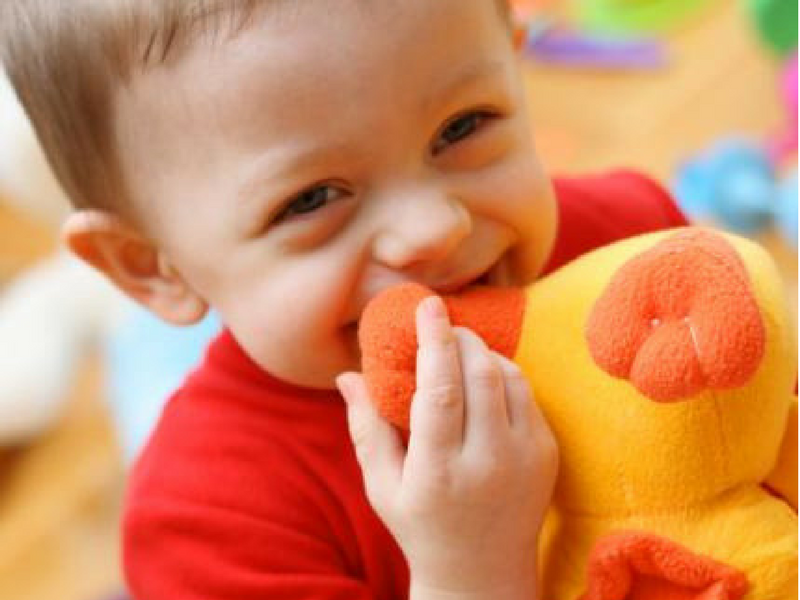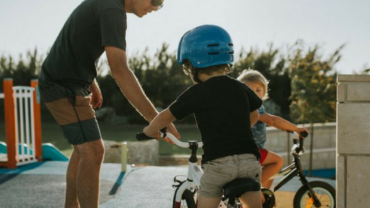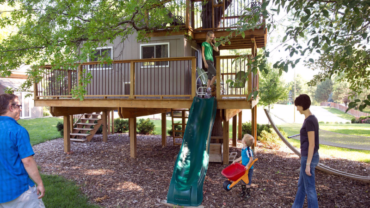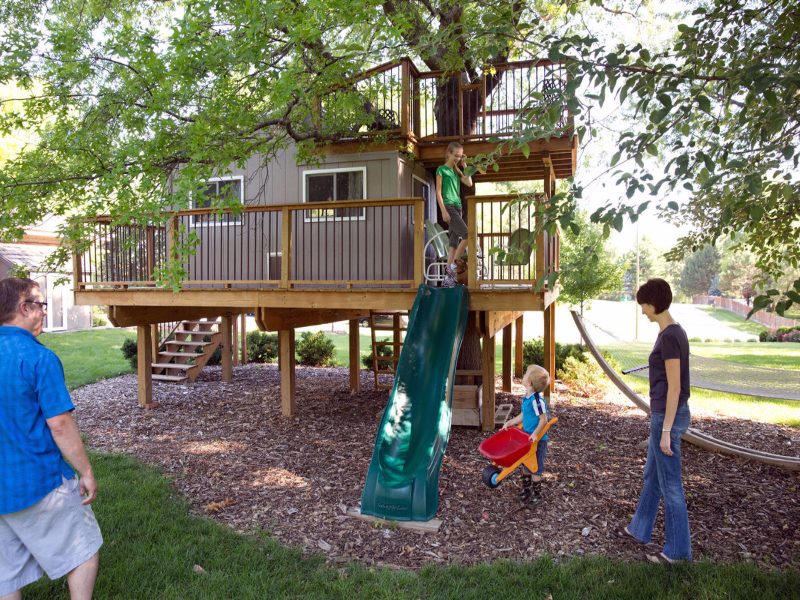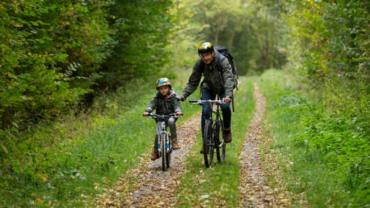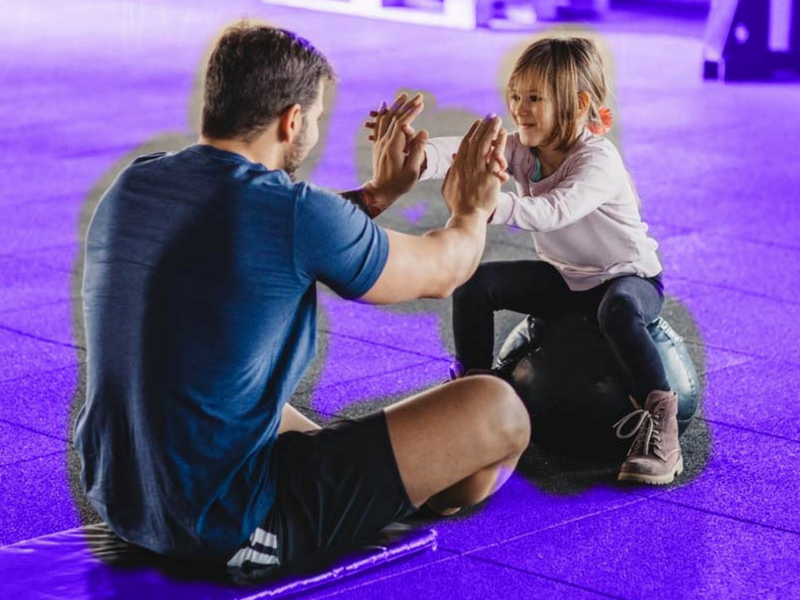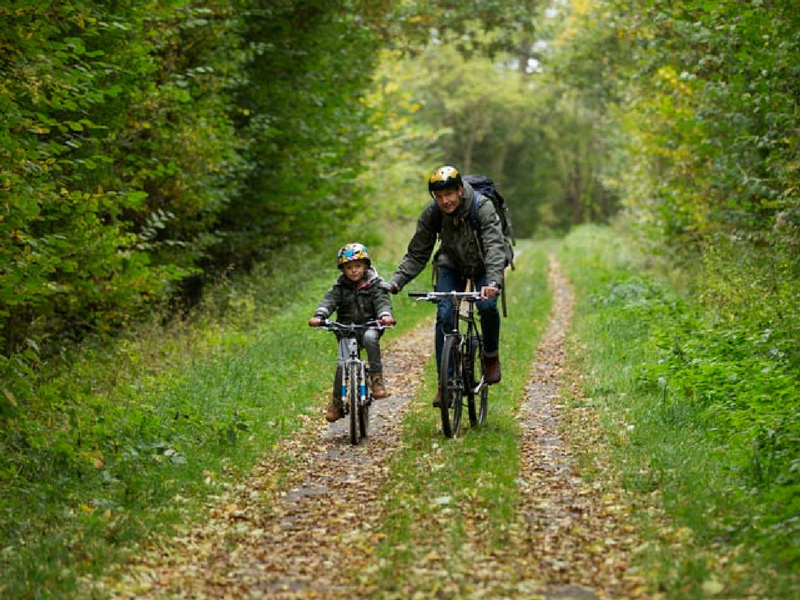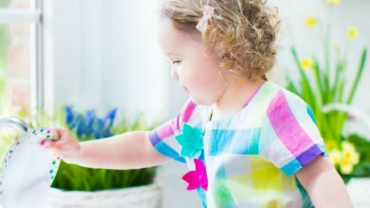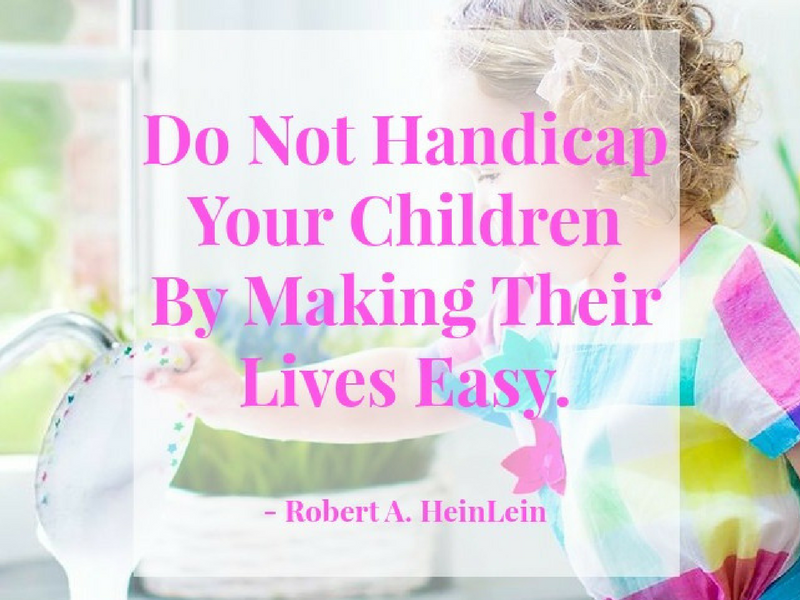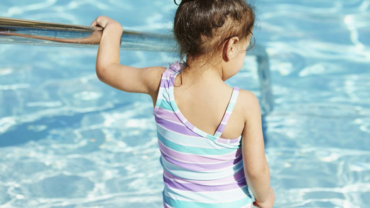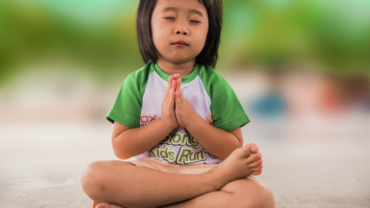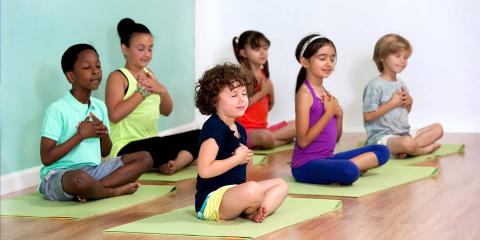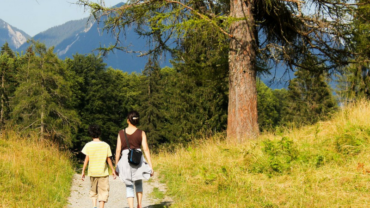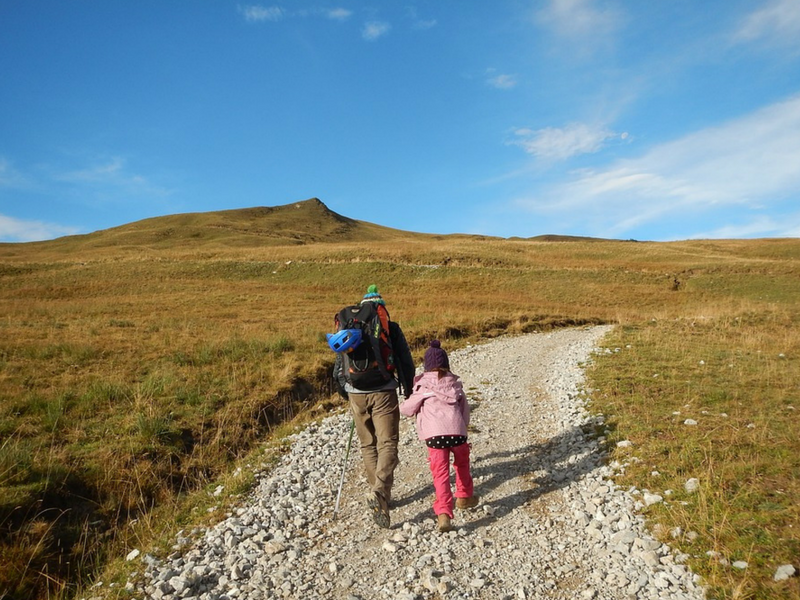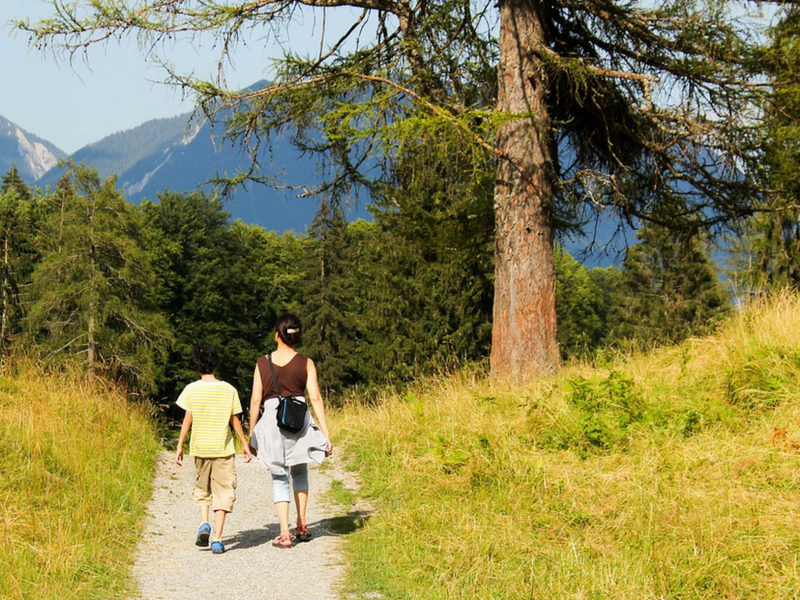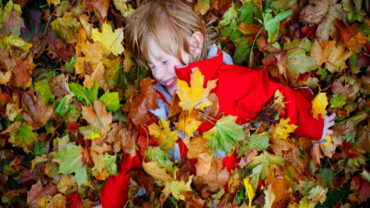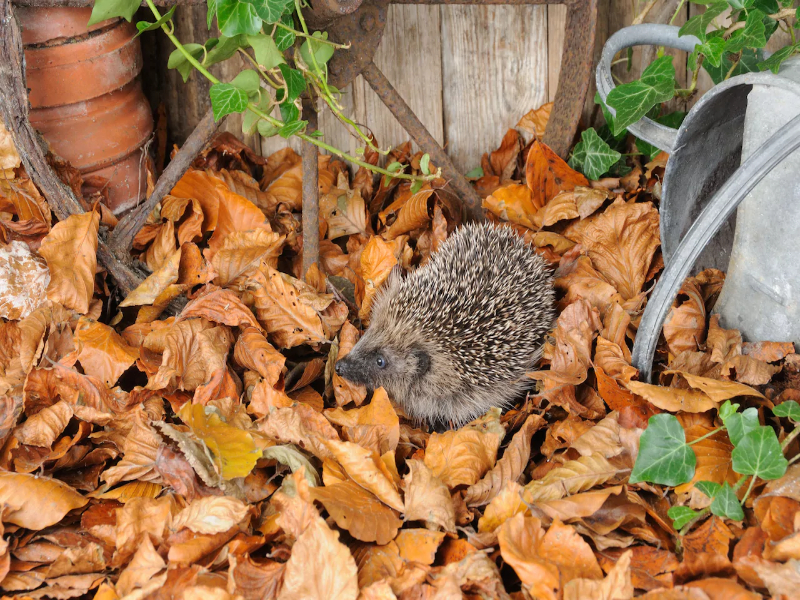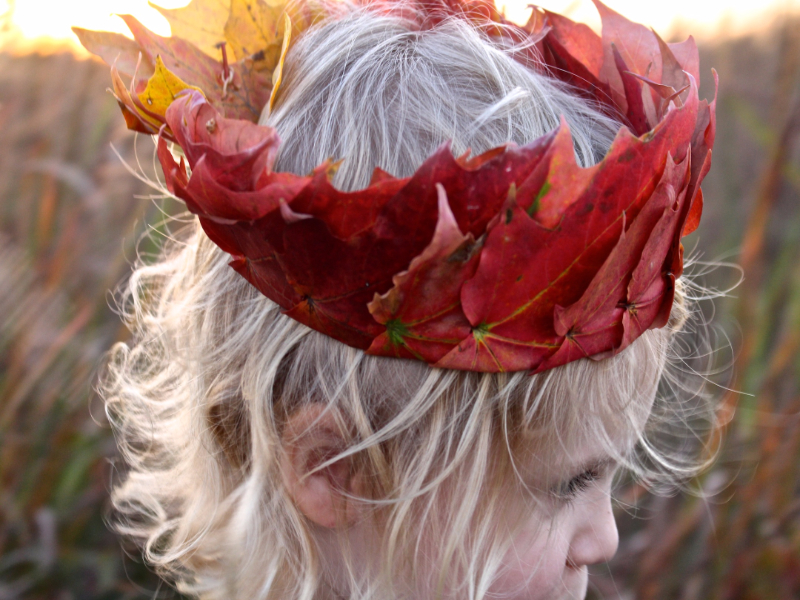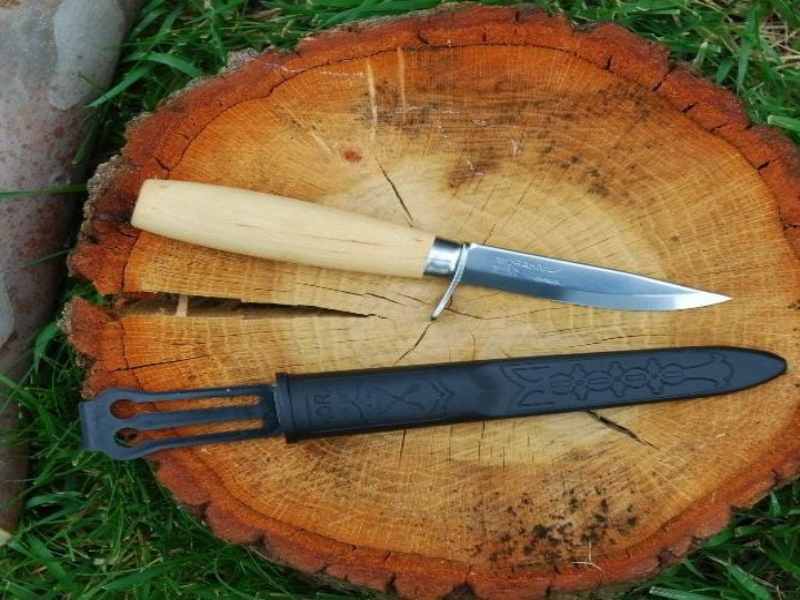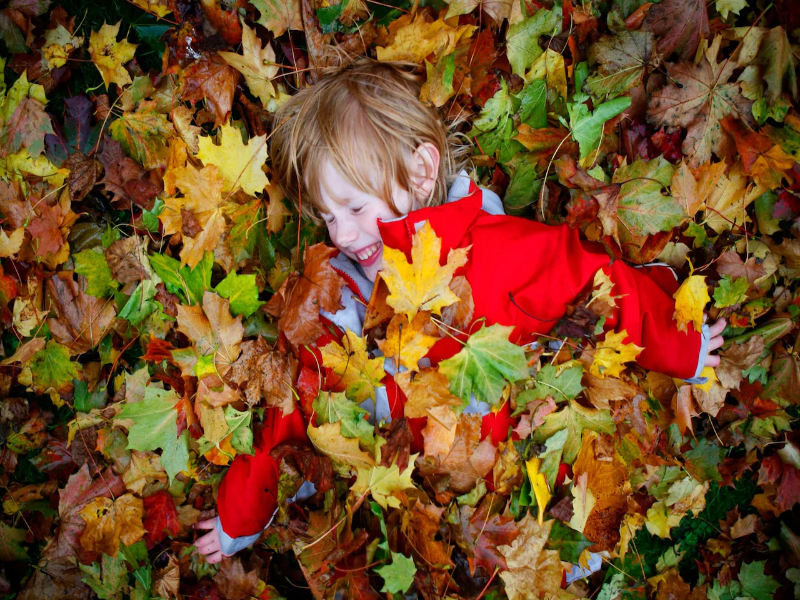Via Parenting Healthy Babies: 10 Do’s and Don’t for Children Swimming
Swimming is a very good exercise for people no matter how old they maybe. It tones the body muscles just the way you would like to and you need not worry about sweating either! However, when it comes to taking your kids to the swimming pools, you should be more careful. Toddlers do not understand water safety and precautions like you do. You should know things that you should and should not do to ensure your kid has a gala time while learning swimming at the pools!
Below listed are the do’s for kids swimming that should be on your mind:
- Check facts well– It is important that you start looking for a suitable swimming center for your toddlers. Check in the neighborhood and ask your friends who have already got their kid admitted in such centers. You may also search in the web for information on this regard. You need to dig to know more about the repute of the school and swim coach as well as other aspects like trainer student ratio.
- Check the timing– It makes sense to get your kid admitted in a swimming coaching center that has flexible timings for classes. If the center has weekend classes or has evening classes that makes things easier for you to take kids after office hours rather than sending them with a friend or neighbor. This way you feel at ease knowing that you are there for your child, should he need you. Your child too will feel less jittery and more confident just knowing that you are around.
- Keep your eyes on your kids– Even when your child is in the water with trainers around, keep your eyes on him. In the early classes, it is not abnormal for some kids to feel uneasy or swallow some amount of water while learning swimming.
- Comfort level– Some kids just love water and take to swimming quickly. However, that may not be the case with all kids. For kids that are a little jitterier and feel fear of water, opt for centers where they get more attention of trainers and the crowd is less. Some, such centers use music and flotation devices to encourage kid learners.
- Health– Before the kids get into water, ensure he or she is in good health. Swimming on an empty stomach should be avoided at any cost. Feed your child a light snack before you hit the pool. The snack should be at least half an hour before stepping into the water. If your child has any infection, exposure to pool water may not be good. Also check for temperature or a cold before taking the baby for a swim each time.
Below listed are the Don’ts for kids swimming that should be on your mind:
- Choosing between chlorine and saltwater-Some people think that for kids, swimming in salt water pools is better. However, there is no credible evidence that chlorinated water based pools can ruin their skin either. In fact, drinking up or swallowing water of any pool can be bad for the kid.
- Ignoring germs-The chlorine may be good for keeping water free of germs but it is not enough for the baby’s health. After swimming is done, clean the hands and legs with hand sanitizer sprays. The germs in pool water cannot be seen through the naked eye.
- Bare swimming– However, young the toddler is, it is a bad idea to let him or her swim bareback in a pool. Ensure the kid has put on proper diapers or swimming attire. Nowadays, you can find specialized swimming outfits for kids of various ages. It should be made of skin friendly material.
- Drinking pool water– This is what most parents worry about. Now, the truth is some amount of pool water can get inside the mouth, but ensuring the kid does not swallow it is not tedious either. It may lead to stomach problems.
- Water temperature– Before the baby can learn swimming you should ensure the pool water has suitable temperature. Now, every baby cannot have same temperature sensitivity. However, you should not ignore reaction of the baby.
Summing it up
Do not hesitate to walk an extra mile to ensure the kid becomes comfortable with water before you can take him or her to the swimming pool. Letting the kid splash water freely and play with water in a large tub at bathroom can do the trick. This will also induce the fun factor in the baby’s mindset and he will not take swimming as a tedious battle!


